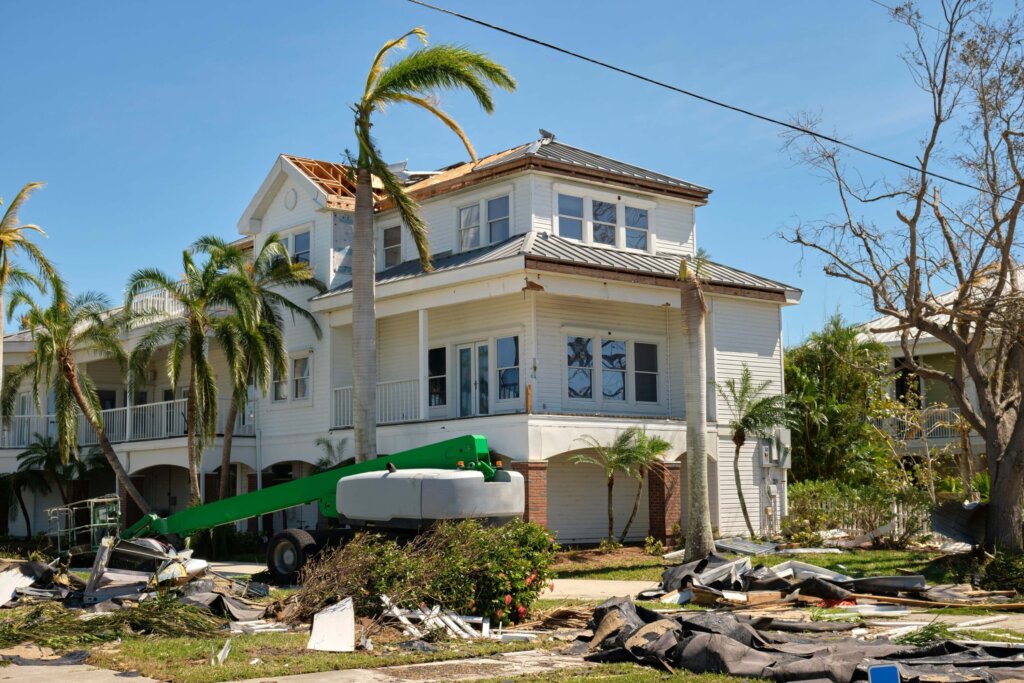Filing an insurance claim for property damage requires meticulous documentation to ensure a smooth process. Accurate and thorough documentation can significantly increase the chances of a claim being approved. This means capturing every detail, from the extent of the damage to any related costs, which can make a substantial difference in the outcome of a claim.
Taking the time to document property damage properly allows homeowners and policyholders to present a compelling case to their insurance company. Photographs, detailed descriptions, and keeping receipts or estimates play crucial roles in strengthening the claim. They help verify the validity of the damage and demonstrate the need for the requested compensation.
Moreover, understanding the insurance company’s requirements before starting the claims process can prevent unnecessary delays. By being prepared and knowing what evidence is needed, policyholders can avoid common pitfalls and reduce the stress associated with filing. A well-organized claim not only speeds up the resolution but also contributes to maximizing potential reimbursement.

Understanding Your Property Damage Insurance Claim
Navigating an insurance policy requires knowing its coverages, limitations, and specific terms associated with property damage claims. Detailed attention to these elements is key to a successful property insurance claim process.
Policy Coverages and Limitations
It’s crucial to identify what the insurance policy covers and what it doesn’t. Coverage can include damage from natural disasters, theft, or vandalism but may exclude certain events or have limits on payout amounts. Awareness of these details helps manage expectations and ensures preparedness when filing a claim.
Key aspects include understanding deductible amounts and any exclusions which might affect potential reimbursements. Some policies might include optional add-ons for broader coverage. Policyholders should analyze any restrictions or special conditions outlined within their specific coverage documents.
Terms and Conditions
Understanding the terms and conditions is essential to avoid surprises when filing a property damage claim. These clauses define how claims should be reported, required documentation, and deadlines. They may also specify what constitutes proof of loss and any necessary post-damage actions.
Familiarity with these stipulations can prevent common issues that delay or deny claims. Additionally, being aware of any policy endorsements or riders that modify basic terms is necessary for comprehensive understanding. Regularly reviewing these components with an insurance agent ensures clarity and alignment with any changes or updates.
Initial Actions After Property Damage
Taking immediate action after experiencing property damage is crucial. This includes ensuring personal safety and securing the property to prevent further loss.
Safety Precautions
Before addressing the damage, prioritize the safety of everyone involved. Check for hazards such as downed power lines, gas leaks, or structural instability. Evacuate the property if any immediate danger is present and call emergency services if necessary. Avoid re-entering until it’s declared safe.
It is advisable to wear protective gear like gloves and masks when inspecting damage. Turn off utilities such as electricity, gas, or water if there’s a risk of leaks or electrical issues. Always follow guidance from local authorities and professionals to ensure personal safety throughout the process.
Protecting Your Property
Once safety is secured, take steps to prevent further damage. Cover damaged areas with tarps or boards to protect them from weather elements. This can include windows, roofs, or broken doors. Remove any belongings that are vulnerable to additional harm.
Document the scene with photos and videos before making any alterations. This will assist in the insurance claim process. Secure valuable items and important documents to prevent theft or loss. Utilize temporary fencing or locks if necessary to prevent unauthorized access.

Documenting Property Damage
Proper documentation is crucial for efficiently processing an insurance claim related to property damage. This involves thorough photography, video documentation, itemization of losses, and collection of supporting documents.
Photographing Damage
Photographs should clearly capture the extent of the damage. It’s imperative to use ample lighting and focus on clarity. Taking wide shots to establish context followed by close-ups to show detail is highly effective.
Checklist for photographing damage:
- Capture different angles.
- Include a scale reference, like a ruler or coin.
- Photograph identifying details like serial numbers.
Digital cameras or smartphones with high-resolution settings are ideal for this task. Consistent labeling and organizing photos by room or area will aid in later evaluations.
Video Documentation
Videos provide a dynamic view of the damage, offering insurers a comprehensive perspective. A slow, steady hand when recording is essential to ensure all aspects are clearly depicted.
Tips for effective video documentation:
- Narrate the video to describe damage locations and severity.
- Cover each room or area systematically.
- Use good lighting to enhance clarity.
Walkthrough videos from entry to the damaged area help establish both the layout and the impact of the damage.
Itemizing Losses
Creating a detailed inventory of damaged items helps assess the claim’s value accurately. Each item should be listed with its current condition and estimated replacement cost.
Steps to itemize losses:
- Categorize items based on room or function.
- Estimate costs using market prices or previous receipts.
- Note any identification numbers or unique features.
This list forms the basis for financial evaluation and is critical for supporting the claim’s legitimacy.
Supporting Documents Collection
Collecting documents such as purchase receipts, appraisals, and repair estimates is crucial for substantiating claims. These documents verify ownership and the value of the claimed items.
Key supporting documents to gather:
- Receipts: Prove original purchase costs.
- Appraisals: Provide expert valuations, especially for high-value items.
- Repair Estimates: Aid in understanding potential replacement or repair costs.
Organizing these documents alongside photos and videos ensures a comprehensive and easily accessible claim package.
Filing and Managing the Claim
Effectively managing an insurance claim for property damage requires prompt communication with the insurance company and diligent record-keeping. Preparing and submitting the claim forms accurately and following up on them are essential steps, as is knowing how to handle potential claim challenges.
Communicating with the Insurance Company
Maintaining open and timely communication with the insurance company is crucial for a smooth claims process. It is advisable to report the damage promptly and keep a detailed record of all interactions. This includes noting dates, times, and the names of the representatives spoken to. Communication logs can be invaluable if disputes arise.
An insured party should ask clear questions and request written confirmation of conversations. Using email for important discussions can create a verifiable paper trail. Documentation should be organized to ensure easy access to information when needed.
Completing Claim Forms
When completing claim forms, accuracy is imperative to avoid delays in processing. The forms must reflect the true nature and extent of the damage sustained. It is important to provide all necessary documentation, such as photographs of the damage, receipts, and repair estimates.
Each section of the form should be filled out according to the insurer’s instructions. For any unclear portions, seeking clarification directly from the insurance company can prevent errors. Omitting or incorrectly filling out sections can lead to complications.

Claim Submission Follow-Up
After submitting a claim, following up is critical to ensure its progress. Insured parties should track the timeline suggested by the insurance company to identify when responses or assessments are expected. Consistent follow-up ensures any additional documentation or clarifications needed are supplied promptly.
Failure to maintain this follow-up can result in lengthy delays. Regular check-ins, whether by phone or email, demonstrate attentiveness and ensure that the claim remains active and prioritized. Keeping copies of all submitted documents is recommended.
Dealing with Claim Challenges
When dealing with claim challenges, Larry Moskowitz can represent you and fight on your behalf to ensure you receive what you’re owed from the insurance company. With his extensive experience and dedication, Larry will navigate the complexities of the claims process, advocate for your rights, and work tirelessly to secure the compensation you deserve.
Trust Larry Moskowitz to handle your case with the expertise and determination needed to achieve a favorable outcome.